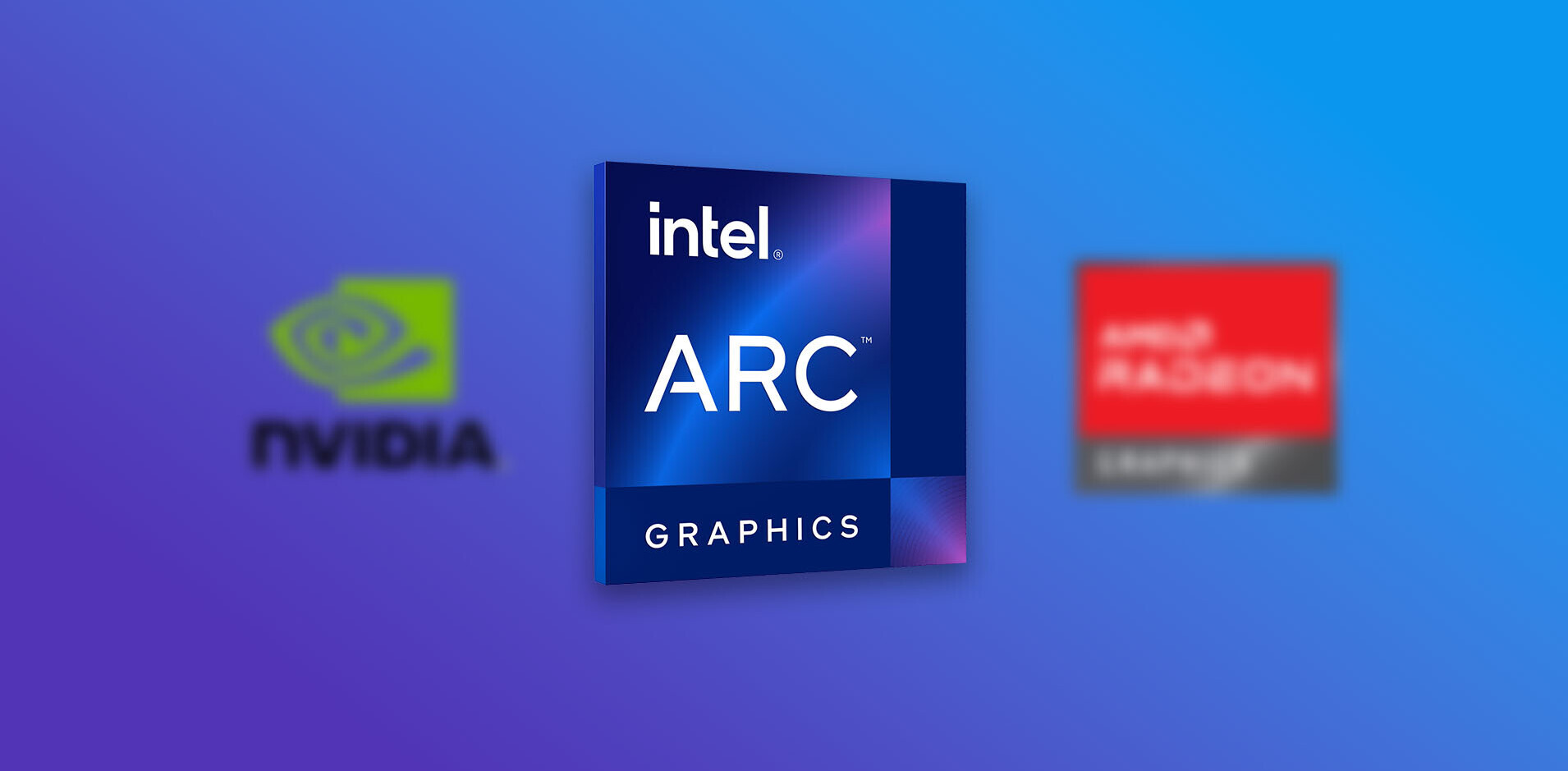
Intel has announced the reference design for a set-top box platform that will be powered by its Atom chips and feature motion control technology from Hillcrest Labs.
The chipmaker unveiled its new Media Server Reference Design at the TV Connect conference in London.
Intel confirmed earlier this year that it is working on its own set-top box, but it is also looking to spawn a whole platform of devices based on its silicon. As a result, it is releasing the hardware and software design kit for interested parties.
Hillcrest Labs has already worked with LG, TCL, and Roku to put its Freespace motion control technology into their respective players, so its partnership with Intel should be a good fit. The software will enable “mouse-like navigation, and point-and-click simplicity” using a handheld remote control.
“With Freespace, we’re creating an out-of-the box, motion-ready reference solution for operators and OEMs globally,” Ran Senderovitz, general manager, Service Provider Division Marketing at Intel, said in a statement.
The MSRD is built around Intel’s dual-core Atom CE5300 processor. The design kit includes a media engine, broadcast stacks and virtualization. Intel plans to make it available in April.
Other partner contributions to the project include broadcast and media sharing stacks from Futarque and a media engine from Videon Central.
Intel’s efforts on the content side of the business has attracted interest. The company was said to have bumped up against delays while negotiating with TV studios for a streaming service with a la carte channels.
Some of the biggest technology companies, including Apple, Microsoft and Google, have all turned their attention to the living room. The Apple TV is still a hobby and Google TV hasn’t taken off as originally planned, while Microsoft with the advanced controls of the Kinect and the entertainment power of the Xbox 360. Intel still thinks there’s room to join the party, but it’s definitely going to be coming from behind.
Image credit: flashfilm
Get the TNW newsletter
Get the most important tech news in your inbox each week.




